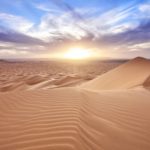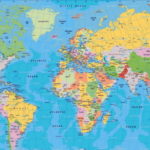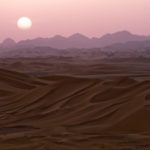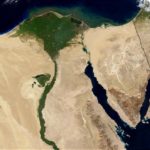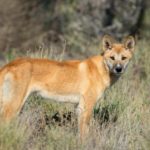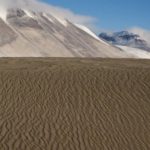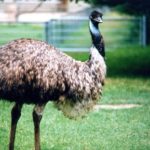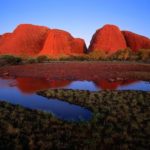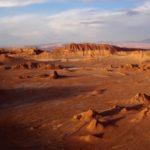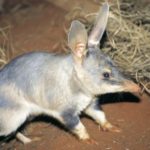Deserts of Australia
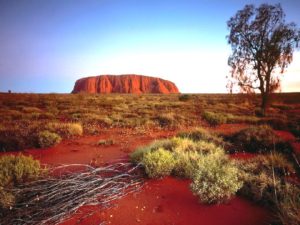 Even natives do not risk staying in this desert for long. Of course, such harsh conditions do not contribute to rich vegetation – in the territory of the Western desert you can find only acacia mulga, eucalyptus and spinifex.
Even natives do not risk staying in this desert for long. Of course, such harsh conditions do not contribute to rich vegetation – in the territory of the Western desert you can find only acacia mulga, eucalyptus and spinifex.
The deserts of Australia occupy approximately 40% of the entire continent. For this, Australia is sometimes called the desert continent. But the rest of the continent’s surface remains dry for most of the year.
It can be concluded that Australia is the most arid continent on earth. The explanation for this must be sought in climatic conditions due to the geographical position of the continent, the vast surface of the Pacific Ocean and the close proximity of the Asian continent. In addition, most of the continent’s deserts are in the subtropics.
Australian deserts are divided into several types, among which scientists of the country distinguish mountain and foothill deserts, rocky and sandy, clay deserts and plains. About 32% of the continent is occupied by sandy deserts. In second place are rocky deserts – they occupy about 13% of the area of all desert territories. Large-stone deserts are located on the foothill plains – these territories serve as the habitat for the natives.
Great Sand Desert
The Great Sandy, or, as it is also called, the Western Desert is of the sandy-solonchak type. The desert relief consists almost entirely of ergs – this is the local name for sand massifs consisting of dunes, dunes, flying sands and salt marshes. The Great Sandy Desert has a unique feature: thanks to the prevalence of trade winds in this territory, sand turns into high ridges up to 15 meters high. The length of each such dune is about 50 km. This desert is one of the most dangerous in Australia – there is little rain here and not every year, there are no permanent rivers.
Even natives do not risk staying in this desert for long. Of course, such harsh conditions do not contribute to rich vegetation – in the Western desert you can only find acacia mulga, eucalyptus and spinifex – drought-resistant cereal. Of the animals in this desert there are a dingo dog, a moloch lizard, a red kangaroo, goannas and several marsupials – a rabbit bandicoot, crested tailed mice and rufus moles. In a word, a typical Australian fauna. Of the birds in the conditions of hot sands, only two or three species of parrots learned to survive. But the Great Sandy Desert is rich in natural resources: gold, copper and uranium.
Gibson Desert
The first explorers of Australia called the Gibson Desert “a huge hilly desert of gravel.” This is true: the entire surface of this desert is covered with rubble – material unsuitable for agriculture. This area was discovered in 1874. Unlike the West, in the Gibson Desert there are several natural reservoirs – these are salt marshes. However, people live even in such difficult conditions – the Pintubi tribe, one of the last Australian tribes that has preserved its traditional way of life.
By the way, not only people live here. Although the desert is poor in vegetation and fauna, here you can find some representatives of the Australian fauna and flora. In particular, acacia and spinifex, but from animals of marsupial badger, red kangaroo and emu, grass wren and moloch lizard. Some of these animals are threatened with extinction – marsupial badgers, which previously inhabited about 70% of Australia, have declined significantly today. The reason for this is the low ability to reproduce, as well as the extermination of animals by poachers.
Great Victoria Desert
The Victoria Desert is a clear confirmation and proof that Australia is not in vain called the most arid continent on Earth. It is a huge space located in Western and South Australia. Travelers who have explored this desert have even found something poetic in this sun-burnt landscape: picturesque folds of sand that, thanks to the north-west and south-east winds, are stacked in parallel and painted in brown-red, yellowish, ash and lilac colors. In the sands of Victoria, only eucalyptus, acacia and spinifex grow.
This desert is almost completely devoid of water sources and extremely difficult to access both for housing and research. Despite this, on the territory of the Great Victoria Desert, the tribes of the Myrrning Cogar live, trying to maintain a traditional lifestyle. Also noteworthy is the fact of creating a protected Mamungari park on the outskirts of the desert, where you can watch birds, plants and some rare animals.
